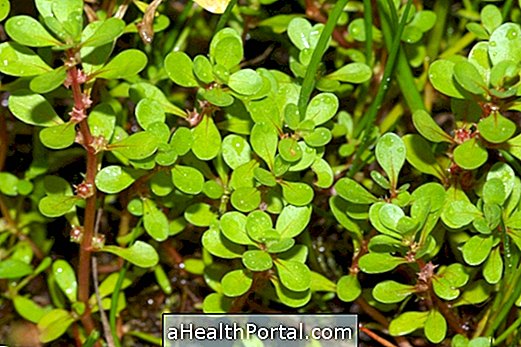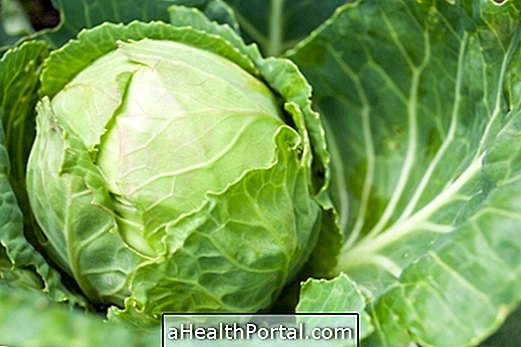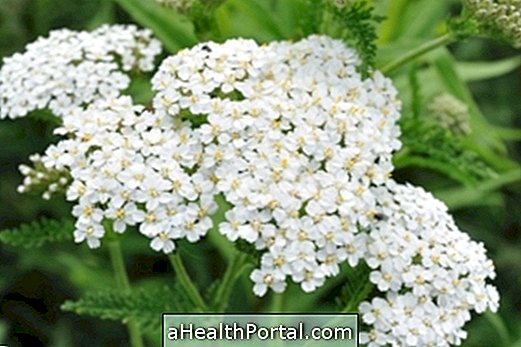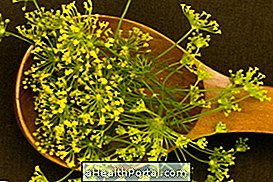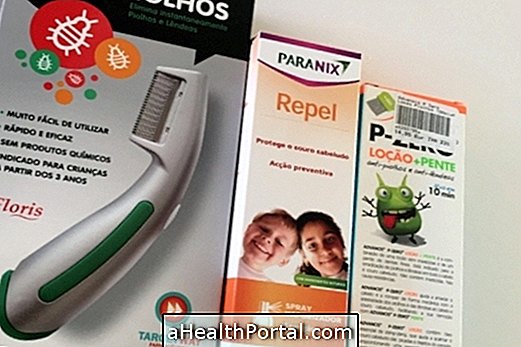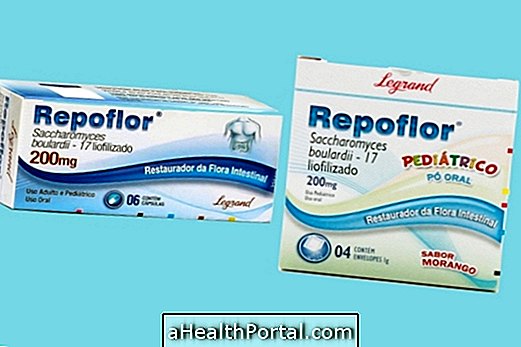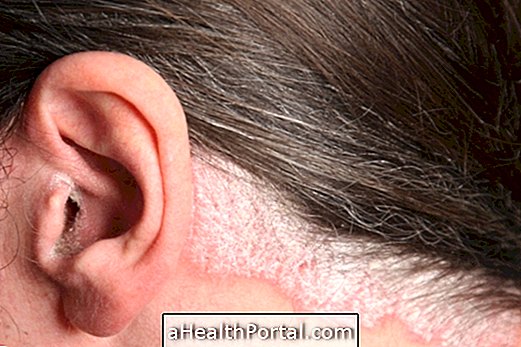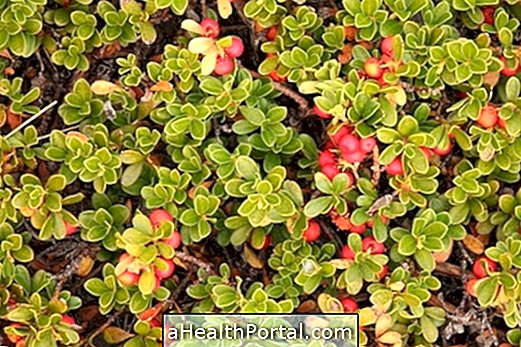Licorice is a medicinal plant, also known as Glicirriza, Salsa, Licorice, Sweet or Sweet Root, widely used in the treatment of respiratory problems.
The scientific name of the licorice is Glycyrrhiza glabra and can be bought in natural products stores, handling pharmacies and some free trade shows.
What is licorice for?
Licorice is used to help treat abscesses, bronchitis, catarrh, conjunctivitis, spasms, wounds, boils, gout, constipation, colds, and gastric ulcers.
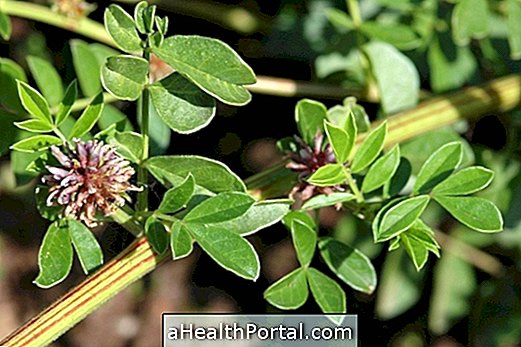
Properties of licorice
The properties of licorice include its anti-inflammatory, anti-spasmodic, expectorant, mucolytic, antitussive, antimicrobial, antioxidant, antiseptic, diuretic, emollient, laxative and tonic actions.
How to use licorice
The used part of licorice is its root.
- Licorice tea: put 10 grams of licorice root in 1 liter of water and boil for 10 minutes. Allow to cool and drink 3 cups daily.
Side effects of licorice
Side effects of licorice include fluid retention, increased blood pressure, decreased potassium concentration in the body, abdominal pain, headache and difficulty breathing.
Contraindications of licorice
Licorice is contraindicated for pregnant women, lactating women and patients with anemia, high blood pressure, glaucoma, cardiac problems or who use oral contraceptives and hormone replacement pills.
